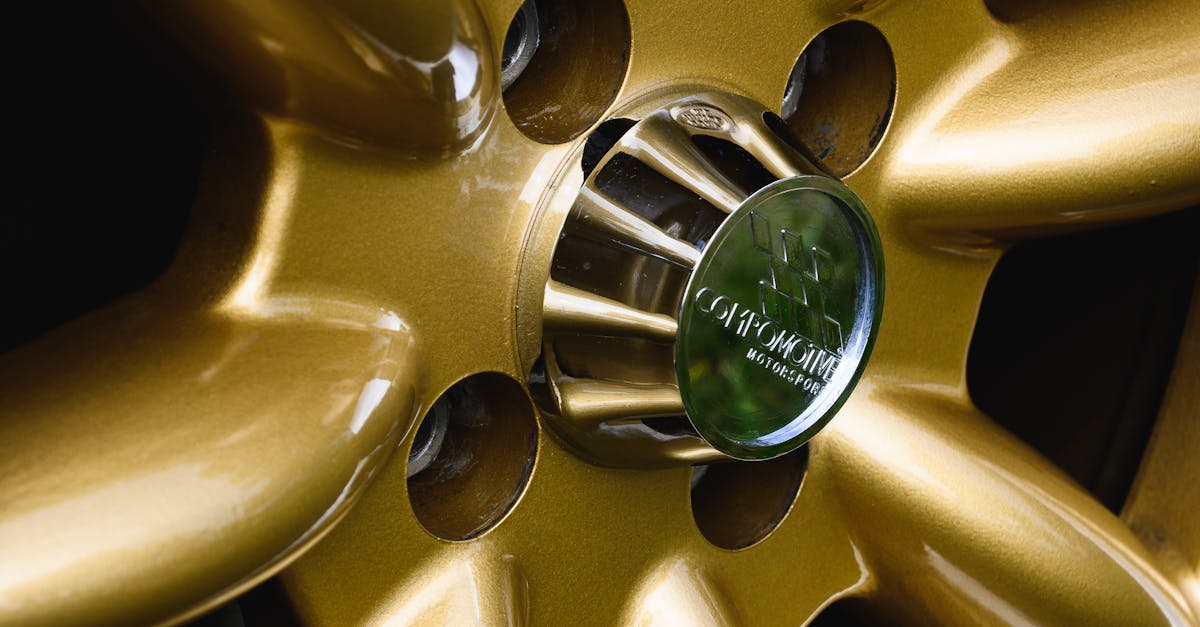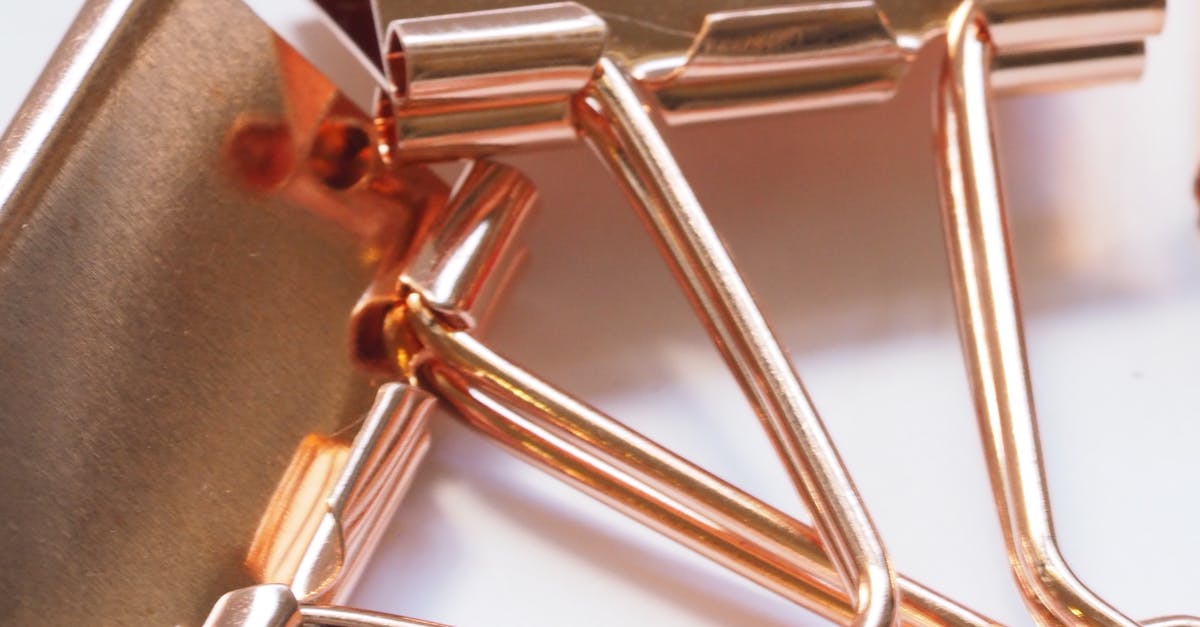The Alchemy of Gold: Unlocking the Secrets of Durability and Color

Gold Alloys: Unveiling the Enchanting Fusion of Beauty and Strength
Adorned for centuries, gold has captivated hearts with its allure and versatility. While pure gold exudes an unmatched brilliance, its softness limits its practicality. Enter gold alloys – a harmonious blend of gold with other metals, meticulously crafted to enhance durability, resilience, and color, unveiling a captivating range of possibilities.
Beyond the traditional yellow hue, gold alloys unveil a vibrant spectrum. Rose gold, a tantalizing fusion of gold and copper, exudes warmth and elegance, while green gold, an enigmatic union of gold and silver, shimmers with ethereal charm. White gold, enriched with palladium, radiates a cool brilliance, offering a sophisticated alternative to traditional gold.
Throughout history, gold alloys have been instrumental in shaping civilizations, from exquisite jewelry and opulent artifacts to intricate dental restorations and advanced electronics. Their exceptional properties position them as indispensable materials in diverse industries, empowering artisans, designers, and engineers to bring their visions to life.
Key Insights: Gold Alloys – Enhancing Durability and Color
5 Key Insights
• Gold alloys combine gold with other metals to enhance strength, durability, and color. • The addition of copper creates rose gold, while silver results in green gold and palladium yields white gold. • Uncommon gold alloys, such as gold-platinum and gold-nickel, offer specialized properties for applications in dentistry and electronics. • Crafting gold alloys requires precision and expertise to achieve the desired balance of properties. • Gold alloys find diverse applications in jewelry, dentistry, electronics, and other industries due to their unique combination of beauty and functionality.
1. The Allure of Gold Alloys: A Blend of Strength and Beauty
The Allure of Gold Alloys: A Blend of Strength and Beauty
Gold, a timeless symbol of wealth, elegance, and cultural significance, has captivated humanity for millennia. While pure gold is undeniably alluring, its inherent softness limits its practicality in many applications. This is where the artistry of gold alloys comes into play. By carefully blending gold with other metals, artisans and metallurgists have unlocked a world of possibilities, creating alloys that retain the captivating beauty of gold while enhancing its durability and versatility.
Gold alloys offer a myriad of benefits over pure gold. Their increased strength makes them ideal for intricate jewelry designs, ensuring that cherished pieces can withstand the test of time. The addition of other metals also allows for a wider range of colors, from the warm blush of rose gold to the cool brilliance of white gold, empowering jewelers to create pieces that perfectly complement diverse styles and skin tones.
Moreover, gold alloys are more resistant to wear and tear, making them an excellent choice for everyday wear. Whether it’s a delicate necklace, an engagement ring, or a treasured family heirloom, gold alloys ensure that the beauty and sentimental value of these pieces can be preserved for generations to come.
2. Unveiling the Gold-Copper Union: A Tale of Strength and Warmth

Unveiling the Gold-Copper Union: A Tale of Strength and Warmth
When gold and copper intertwine, a captivating alloy emerges – rose gold, a metal that exudes warmth, elegance, and timeless appeal. This alluring alloy has captured the hearts of jewelry enthusiasts and designers alike, adorning everything from delicate earrings to opulent necklaces.
The addition of copper to gold not only enhances its durability but also imparts a captivating rosy hue that ranges from a subtle blush to a rich crimson. This unique color palette makes rose gold an incredibly versatile metal, suitable for both classic and contemporary designs. Its inherent strength also makes it an excellent choice for engagement rings and other pieces intended to be worn daily.
Rose gold has made its mark not only in jewelry but also in various other applications. Its strength and resistance to corrosion make it an ideal material for watch cases, while its warm glow complements the rich tones of wood, making it a popular choice for decorative accents and interior design elements. This versatile alloy continues to inspire designers and artisans across diverse industries, adding a touch of warmth and timeless elegance to their creations.
3. Gold and Silver: A Timeless Partnership Shimmering with Elegance
Gold and Silver: A Timeless Partnership Shimmering with Elegance
Gold and silver, two precious metals renowned for their beauty and luster, unite to form a captivating alloy – green gold. This enchanting metal has graced jewelry and artifacts for centuries, captivating with its unique greenish hue and enduring allure.
The addition of silver to gold not only alters its color but also enhances its durability, making it an excellent choice for intricate jewelry designs. Green gold’s warm glow and subtle green undertones make it a versatile metal, complementing a wide range of gemstones and styles. From delicate earrings to opulent necklaces, green gold adds a touch of understated elegance to any occasion.
Green gold’s unique properties extend beyond jewelry. Its resistance to corrosion and tarnish makes it an ideal material for coins, medals, and other commemorative items. Its distinctive greenish hue adds a touch of antique charm to these objects, ensuring that they remain visually appealing for generations to come. Whether adorning a piece of jewelry or gracing a historical artifact, green gold exudes a timeless beauty that continues to captivate.
4. Palladium’s Embrace: Enriching Gold with Strength and Whiteness

Palladium’s Embrace: Enriching Gold with Strength and Whiteness
Gold, renowned for its captivating warmth and timeless beauty, takes on a new dimension when combined with palladium, a metal renowned for its strength and silvery-white hue. This harmonious union results in white gold, an alloy that has become increasingly popular in jewelry making and beyond.
The addition of palladium to gold not only enhances its durability but also imparts a cool, white color that complements a wide range of gemstones and styles. White gold’s inherent strength makes it an ideal choice for intricate jewelry designs, ensuring that cherished pieces can withstand the test of time. Its resistance to tarnishing and corrosion further adds to its appeal, ensuring that its brilliance endures for generations to come.
White gold’s versatility extends far beyond jewelry. Its strength and durability make it an excellent choice for dental applications, while its biocompatibility and resistance to corrosion make it suitable for medical instruments and devices. Whether adorning a treasured piece of jewelry, enhancing a dental restoration, or contributing to the precision of medical instruments, white gold’s unique properties continue to captivate and inspire in diverse fields.
5. Beyond Tradition: Exploring Uncommon Gold Alloys
Beyond Tradition: Exploring Uncommon Gold Alloys
Gold, a metal synonymous with luxury and beauty, unveils a world of possibilities beyond its traditional alloys. Lesser-known gold alloys, such as gold-platinum, gold-nickel, and gold-indium, offer unique properties and specialized applications that push the boundaries of design and innovation.
Gold-platinum alloys, known for their exceptional strength and resistance to wear and tear, are highly sought after in the creation of durable and long-lasting jewelry. Their inherent strength makes them ideal for intricate designs and pieces intended for everyday wear. The addition of platinum to gold also enhances its resistance to tarnishing, ensuring that its brilliance endures for generations to come.
Gold-nickel alloys, on the other hand, offer a unique combination of strength, hardness, and corrosion resistance. These properties make them particularly well-suited for applications in dentistry, where they are used in the creation of crowns, bridges, and other dental restorations. Gold-nickel alloys’ resistance to wear and corrosion ensures that these restorations remain functional and aesthetically pleasing for extended periods.
6. The Art of Crafting Gold Alloys: A Delicate Balance
The Art of Crafting Gold Alloys: A Delicate Balance
Creating gold alloys is a delicate art form, a harmonious blend of science, precision, and artistry. To achieve the desired properties, goldsmiths and metallurgists carefully consider the proportions of each metal, meticulously combining them to achieve the perfect balance.
The melting process is a crucial step in the creation of gold alloys. The metals are heated to extremely high temperatures, often using specialized furnaces or torches, until they reach a molten state. During this process, the metals are carefully stirred and mixed to ensure an even distribution of elements. The molten alloy is then cast into molds or shaped using various techniques, such as rolling, forging, or wire drawing.
Throughout the crafting process, goldsmiths must constantly monitor the temperature and composition of the alloy. Slight variations in these factors can significantly alter the final properties of the metal. The skill and experience of the artisan are paramount in ensuring that the alloy meets the desired specifications and exhibits the intended characteristics.
7. Gold Alloys in the Spotlight: Applications that Shine
Gold Alloys in the Spotlight: Applications that Shine
Gold alloys, with their exceptional properties and versatility, have found widespread applications across diverse industries, showcasing their immense value and enduring appeal. From intricate jewelry to advanced electronics, gold alloys continue to captivate and inspire in a multitude of fields.
In the realm of jewelry, gold alloys enable the creation of exquisite pieces that are both visually stunning and durable. The addition of other metals, such as copper, silver, or palladium, alters the color and hardness of gold, allowing jewelers to craft a wide range of designs that cater to different tastes and styles. Gold alloys’ resistance to tarnishing and corrosion ensures that these cherished pieces maintain their brilliance for generations to come.
Beyond jewelry, gold alloys play a vital role in various industries, including dentistry, electronics, and medicine. In dentistry, gold alloys are used in the creation of crowns, bridges, and other dental restorations. Their biocompatibility, strength, and resistance to corrosion make them ideal for these applications, ensuring the longevity and functionality of dental restorations.
What are the advantages of using gold alloys over pure gold?
Gold alloys offer several advantages over pure gold, including increased strength and durability, a wider range of colors, and enhanced resistance to wear and tear. This makes them ideal for a variety of applications, from jewelry and decorative items to dental restorations and electronic components.
How do different metals affect the properties of gold alloys?
The addition of different metals to gold can significantly alter its properties. Copper, for example, increases strength and hardness, while silver imparts a greenish hue and enhances durability. Palladium results in a white color and adds strength and resistance to tarnishing, making it popular for white gold jewelry.
What are some lesser-known applications of gold alloys?
Beyond their traditional uses in jewelry and coinage, gold alloys have found specialized applications in various industries. Gold-platinum alloys are used in dentistry for their strength and biocompatibility, while gold-nickel alloys are employed in electronics for their resistance to corrosion and wear.
How is the composition of gold alloys determined?
The composition of gold alloys is carefully determined based on the desired properties and application. Jewelers and metallurgists consider factors such as strength, color, hardness, and resistance to corrosion when selecting the proportions of each metal to include in the alloy.
What are the future prospects for gold alloys?
Gold alloys continue to play a vital role in various industries, and their versatility and unique properties make them promising for future applications. Ongoing research and development aim to create new alloys with enhanced strength, durability, and other desirable characteristics, expanding their potential in areas such as electronics, medicine, and aerospace.
Table of Key Insights: Gold Alloys – Enhancing Durability and Color
| Key Insight | Description | |—|—| | Enhanced Properties | Gold alloys combine gold with other metals to improve strength, durability, and color, making them more suitable for various applications. | | Color Variations | By adding different metals, such as copper, silver, and palladium, gold alloys can achieve a range of colors, including rose gold, green gold, and white gold. | | Specialized Applications | Uncommon gold alloys, like gold-platinum and gold-nickel, offer unique properties tailored to specific applications in dentistry and electronics. | | Precision Crafting | Crafting gold alloys requires expertise and precision to achieve the desired balance of properties and meet specific requirements. | | Diverse Applications | Gold alloys find widespread use in jewelry, dentistry, electronics, and other industries due to their combination of aesthetic appeal and functionality. |